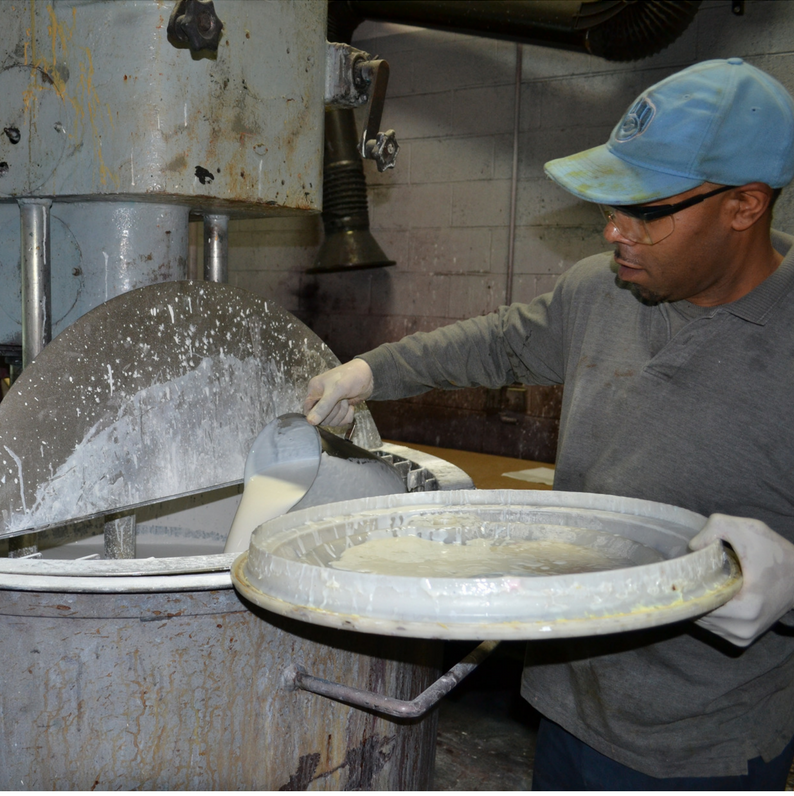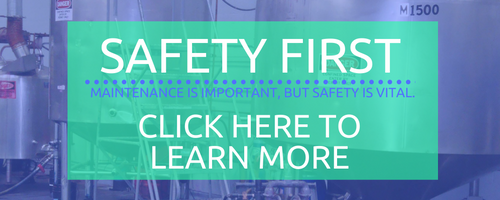11 Checkpoints for Preventive Dyehouse Maintenance
When it comes to running an operations facility, less is not usually more. Some textile mills run 24-7, others run 24 hours for the weekdays and take a breather on the weekends. Lean manufacturing keeps the equipment running efficiently, the staff operating effectively, and the whole facility producing at the highest sustainable level of capacity. Where’s the time for preventive dyehouse maintenance?
Coordinating Maintenance and Operations
The dyehouse manager needs to coordinate a routine maintenance schedule to ensure each machine runs at optimal performance. Operations should work in conjunction with the maintenance team to create this schedule. Having buy-in from both departments will insure there’ll be mutual responsibility in completing it.
Down time of equipment should be minimal. Arrange this between departments to find the best time for equipment to go offline for inspection and service.
There should be a log for each machine to record each check-up and any work done. A thorough checklist should accompany the log to show the required preventive maintenance steps. Require the operator to mark a time and date they completed the work and their initials.
When machines are operating effectively, you’ll have a better chance at achieving lot-to-lot repeatability, maintaining the safety of operators, and improving quality results. The best way to do this is to insure you’re hitting the top priorities of each piece of equipment.
Top 11 Things to Check During Routine Maintenance
These eleven items I recommend to check in any dyehouse. Use this list as a starting point, and modify the items to the equipment you are operating.
- Grease and oil all motors, pulleys, and moving parts.
- Check all gaskets and seals for leaks, and replace as needed.
- Check all pumps, winches, and motors for leaks.
- Inspect and replace all belts as needed.
- Inspect all holding tanks in the tank farm (or side tanks), making sure they fill to proper levels, heat to required temperatures, and dispense in the designated time.
- Calibrate and watch all temperatures in the machines and on gauges.
- Check and calibrate the reel speed on all ports.
- Check all fill levels on machines to ensure lot repeatability.
- Perform a leak check for all steam valves.
- Take air pressure measurements and insure all air lines are clear of impurities.
- Track the rate-of-rise of steam into machines and calibrate if necessary.
Take a Minute to Talk with Operators
It’s also a good idea to check in with operators about any noises or problems they’ve noticed while running the machines. The operators are at the machines all day. They understand the way the machines run and notice changes. Machine operators are often useful sources for any notable irregularities in equipment or procedures. They can often allude to improvements and suggestions for process changes as well.
Maintaining a machine on a monthly basis takes only a short amount of time. For a midsize dyehouse, about thirty minutes to an hour will be enough for the must-check list. Plus, you may not need to evaluate all requirements every month. A checklist should be available to see what’s been done and when, if all evaluations won’t be on the same schedule.
Preventive maintenance is an important step in any operation. It can prevent off-quality issues before it even happens. You’ll also be better equipped to avoid major downtime and injuries – a main goal in every operation. Take the time now to secure your dyehouse for success in the future.



